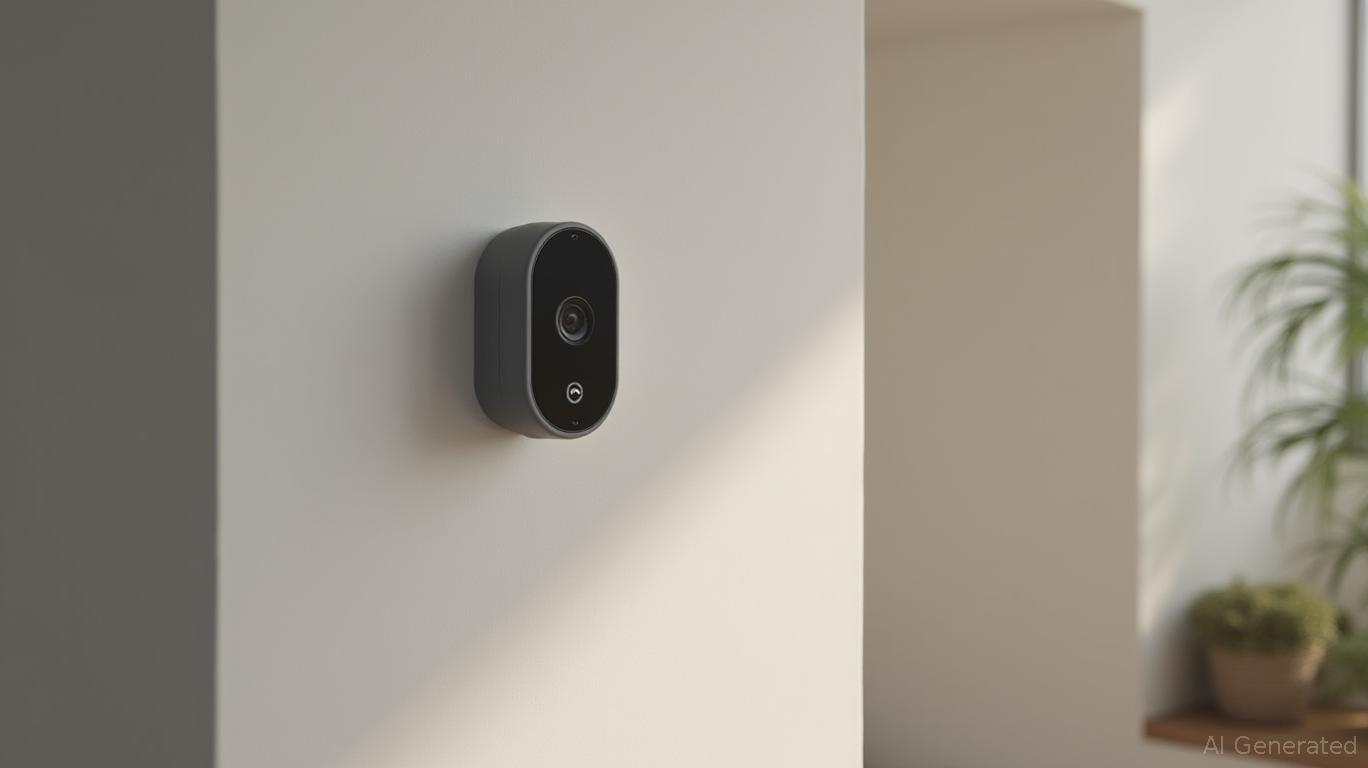Blink Security: Capturing the Smart Home Market Through Innovation, Value, and Ecosystem Dominance
In a fragmented smart home security market, Amazon's Blink is emerging as the undisputed leader, leveraging its price-performance edge, seamless Alexa integration, and scalable subscription models to outmaneuver competitors like Ring and Kangaroo. With Amazon's AWS infrastructure as its backbone and a relentless focus on customer value, Blink is primed to dominate a sector projected to grow to $100 billion by 2030. Here's why investors should act now.

Strategic Advantages: Blink's Unmatched Value Proposition
Price-Performance Leadership
Blink's product line is engineered to undercut competitors while delivering superior features. For instance, the Blink Outdoor 4 offers 1080p HD video, true person detection (with a subscription), and local storage via its Sync Module XR—all at a price point half of Ring's Floodlight Cam Plus ($89.99 vs. ~$200). Meanwhile, Kangaroo's cheaper $69.99 doorbell suffers from poor video quality (720p) and limited AI capabilities, making it a short-term solution for budget buyers.Alexa Integration & AWS Synergy
subsidiary, Blink benefits from deep integration with Alexa, enabling voice-controlled security and cross-device compatibility. This synergy extends to AWS's robust cloud infrastructure, which ensures reliable data storage and processing at scale. Competitors like Ring, while Alexa-compatible, lack this ecosystem-driven efficiency, forcing them to rely on proprietary systems that increase costs and complexity.
As anScalable Subscription Models
Blink's subscription tiers ($2.50–$10/month) are more affordable than Ring's ($4.16–$30/month), yet offer comparable cloud storage and advanced features like 60-day history retention. Crucially, Blink's Sync Module XR enables local storage (up to 256GB via microSD), bypassing the need for recurring cloud costs—a major selling point as privacy concerns grow. Ring's lack of local storage options and mandatory subscriptions for core features (e.g., person detection) leaves it vulnerable to customer attrition.
Competitive Weaknesses: Ring's Overreach and Kangaroo's Fragility
- Ring's Costly Complexity: While Ring's AI features (e.g., “bird's eye view”) and professional monitoring are premium, they come at a premium price. A Ring Floodlight Cam Plus paired with a Ring Alarm Pro ($249) and a $10/month subscription totals over $500 annually—far exceeding Blink's $150–$200 total cost of ownership.
- Kangaroo's Quality Gaps: Kangaroo's $69.99 doorbell may lure budget shoppers, but its 720p resolution, limited AI, and reliance on Google Assistant (vs. Alexa's broader reach) make it a niche play. Customer reviews highlight durability concerns, further cementing Blink as the safer choice for reliability.
Growth Catalysts: New Products and Privacy-First Innovation
- Product Pipeline Dominance
- The Sync Module XR (released 2024) is a game-changer, offering extended range for Outdoor 4 cameras and eliminating the need for cloud storage. This caters to privacy-conscious users and reduces Amazon's dependency on AWS costs.
The Blink Mini 2 ($39.99) expands the indoor/outdoor market with person detection, attracting price-sensitive buyers while maintaining Blink's reputation for affordability.
Addressing Market Fragmentation
The smart home sector is splintered across brands, but Blink's modular system allows users to mix-and-match devices (cameras, floodlights, doorbells) without vendor lock-in. This flexibility, combined with Alexa's dominance in voice assistants (37% U.S. market share), creates a self-reinforcing ecosystem that competitors struggle to match.
Why Invest Now?
- Market Leadership Potential: Despite the lack of explicit market share data, Blink's price-performance edge and AWS/Alexa integration suggest it's already capturing significant market share from Ring and Kangaroo.
- Scalability: With AWS handling backend operations, Blink can scale subscriptions and hardware sales without proportional cost increases.
- Structural Moats: Amazon's brand equity, Alexa's ubiquity, and AWS's infrastructure form an impenetrable moat against niche competitors.
Conclusion: Blink's Path to Dominance Is Clear
Blink is not just a product line—it's Amazon's blueprint for smart home supremacy. By offering unmatched value, privacy-first innovation, and seamless ecosystem integration, Blink is positioned to capitalize on a $100B market in rapid growth. Investors ignoring this opportunity risk missing out on a decade-defining trend.
Act now: Blink's strategic advantages and Amazon's infrastructure make it a buy at current valuations. The smart home race is far from over, but the winner is already in motion.

Comments
No comments yet